
Learning history in the classroom could become lengthy as you try to remember dates, influential people, wars, and the countries that make up the world. While some of this information has surely been thrown to the back of your brain, there are some historical facts you should know. See if you can answer these fifteen history trivia questions and prove you know your stuff.
15. Mount Vesuvius erupted in 79 AD and devastated which two Roman cities?
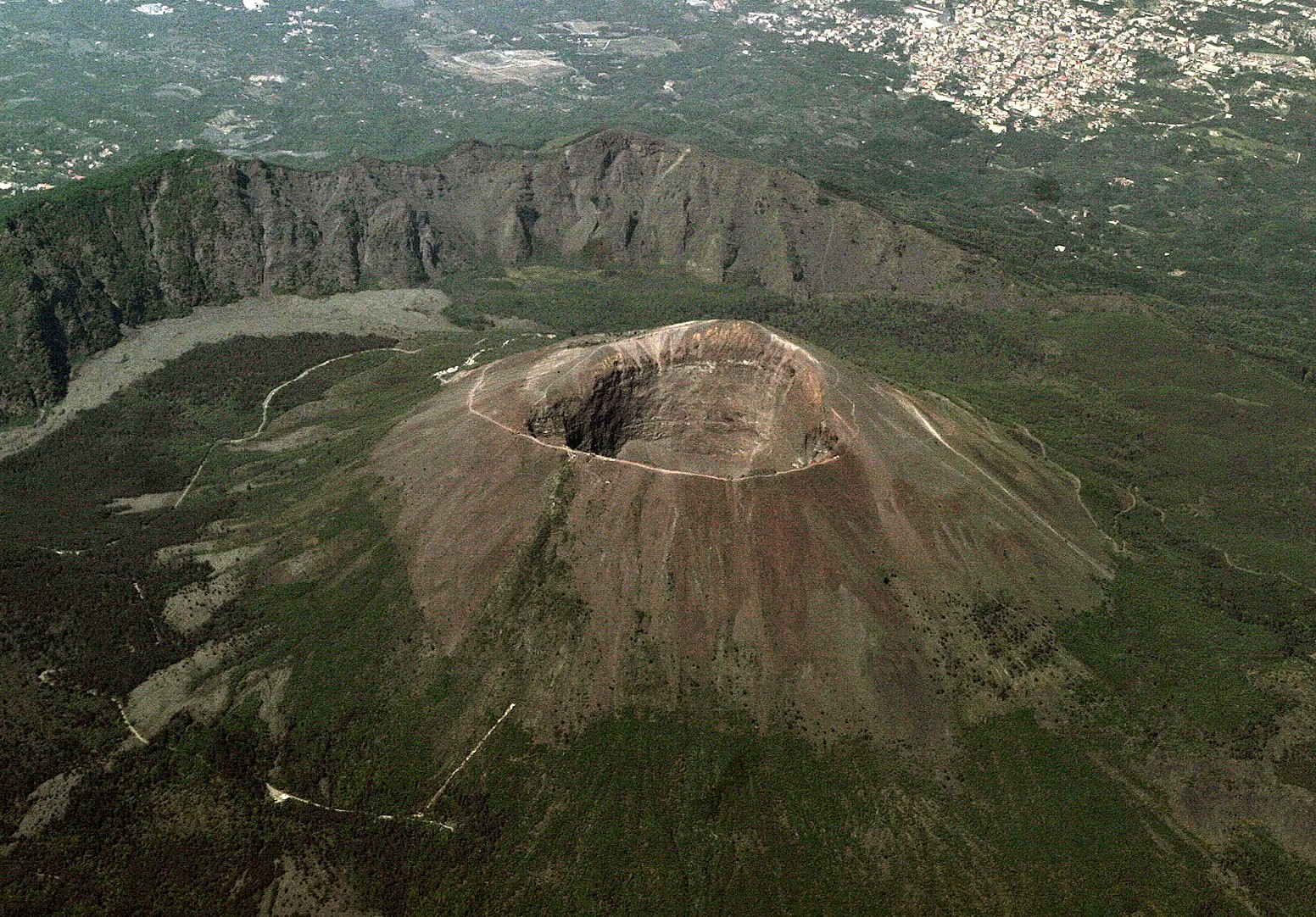
–Answer: Pompeii and Herculaneum
Along with Pompeii and Herculaneum, Mount Vesuvius‘s eruption destroyed Herculaneum, Oplontis, Stabiae, and several other settlements. More than 1,000 people are thought to have died in the eruption, with the only surviving eyewitness account appearing in two letters by Pliny the Younger to the historian Tacitus.
RELATED: 5 Rarest Pennies From United States History
14. Where did Martin Luther King Jr. deliver his “I Have a Dream” speech?
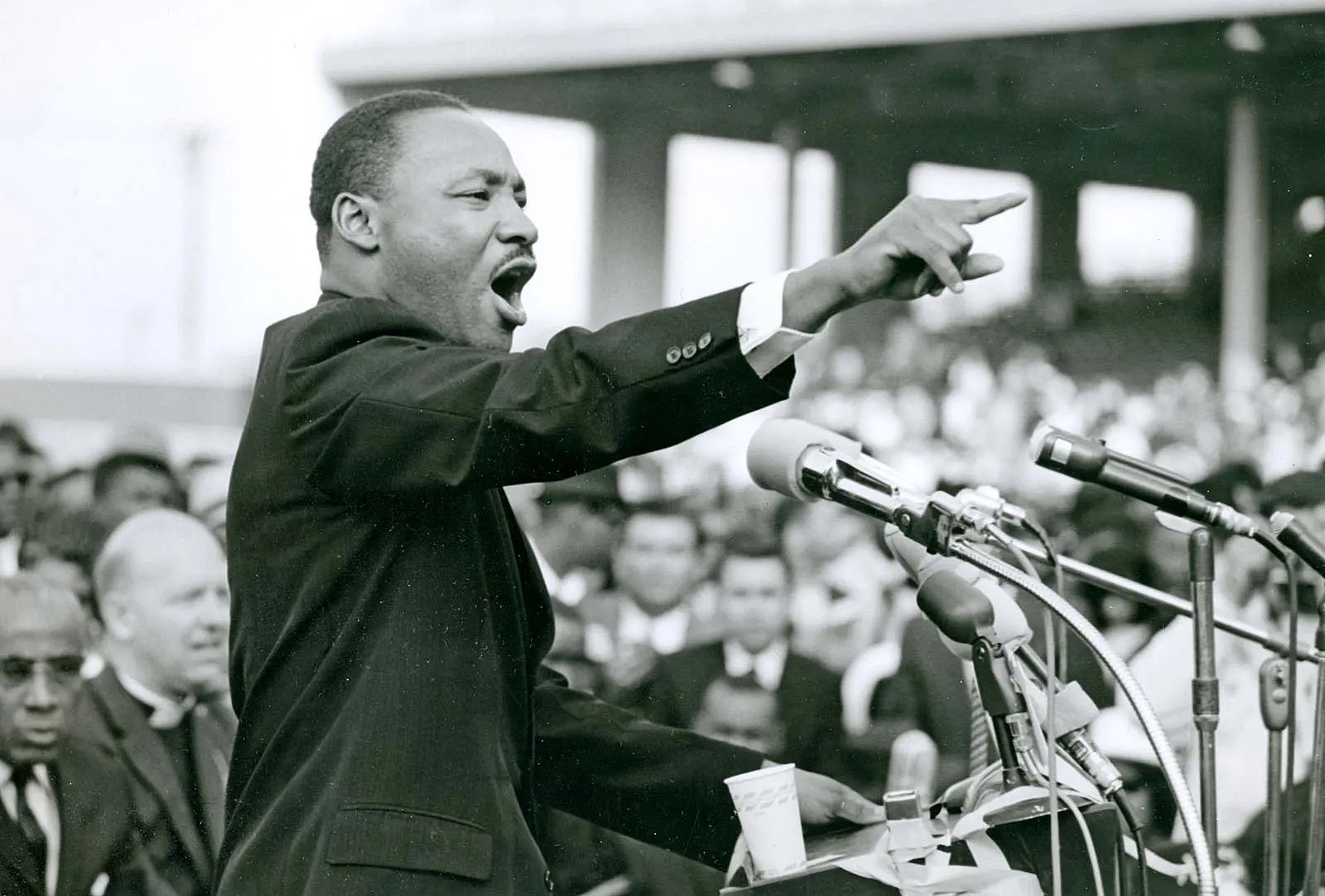
–Answer: The Lincoln Memorial, Washington D.C.
The 17-minute speech is now regarded as one of the finest speeches in American oratory history. Between the march and King‘s speech, it helped bring the Civil Rights Movement to the forefront of American reformers and later ushered in the Civil Rights Act of 1964.
13. What was the name of the battle in the Pacific fought between the U.S. Navy and the Imperial Japanese Navy in June 1942?

–Answer: Battle of Midway
The Battle of Midway took place from June 4th-7th, 1942. The U.S. Navy defeated an attacking fleet of the Imperial Japanese Navy, inflicting heavy damage on the Japanese fleet. It is known as “the most stunning and decisive blow in the history of naval warfare” according to historian John Keegan.
CHECK OUT: 10 Famous Paintings of Women and the History Behind Them
12. What was the name of the ruling family in Russia from 1613 to 1917?
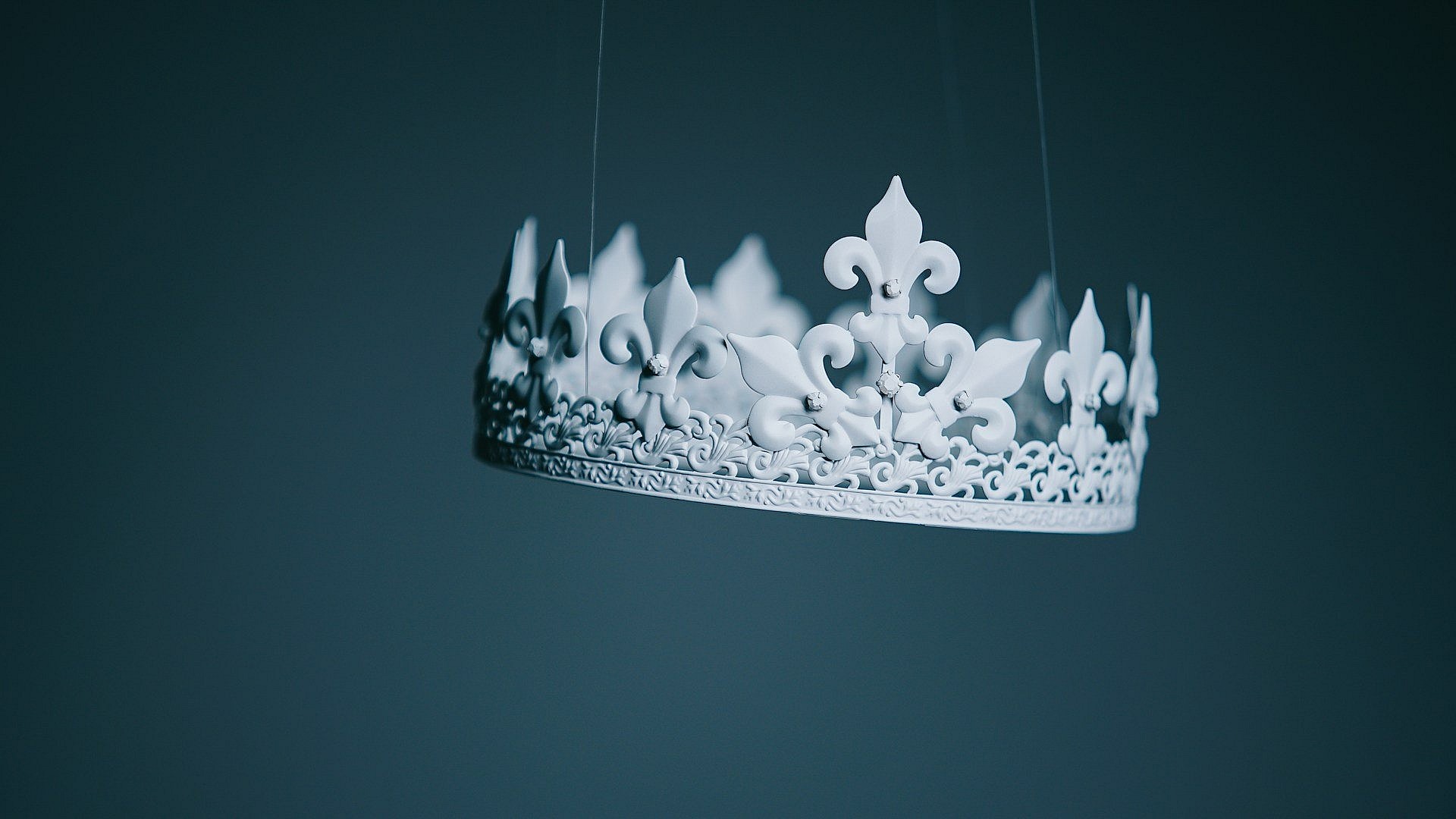
–Answer: The Romanov Dynasty
The Romanovs achieved prominence after Anastasia Romanovna married Ivan the Terrible, the first crowned tsar of all Russia. Though Nicholas II and his immediate family were executed in 1918, ending the dynasty, there are still living descendants.
ALSO READ: 10 Most Famous Pirates in History
11. Who was the first American to win a Nobel Peace Prize?
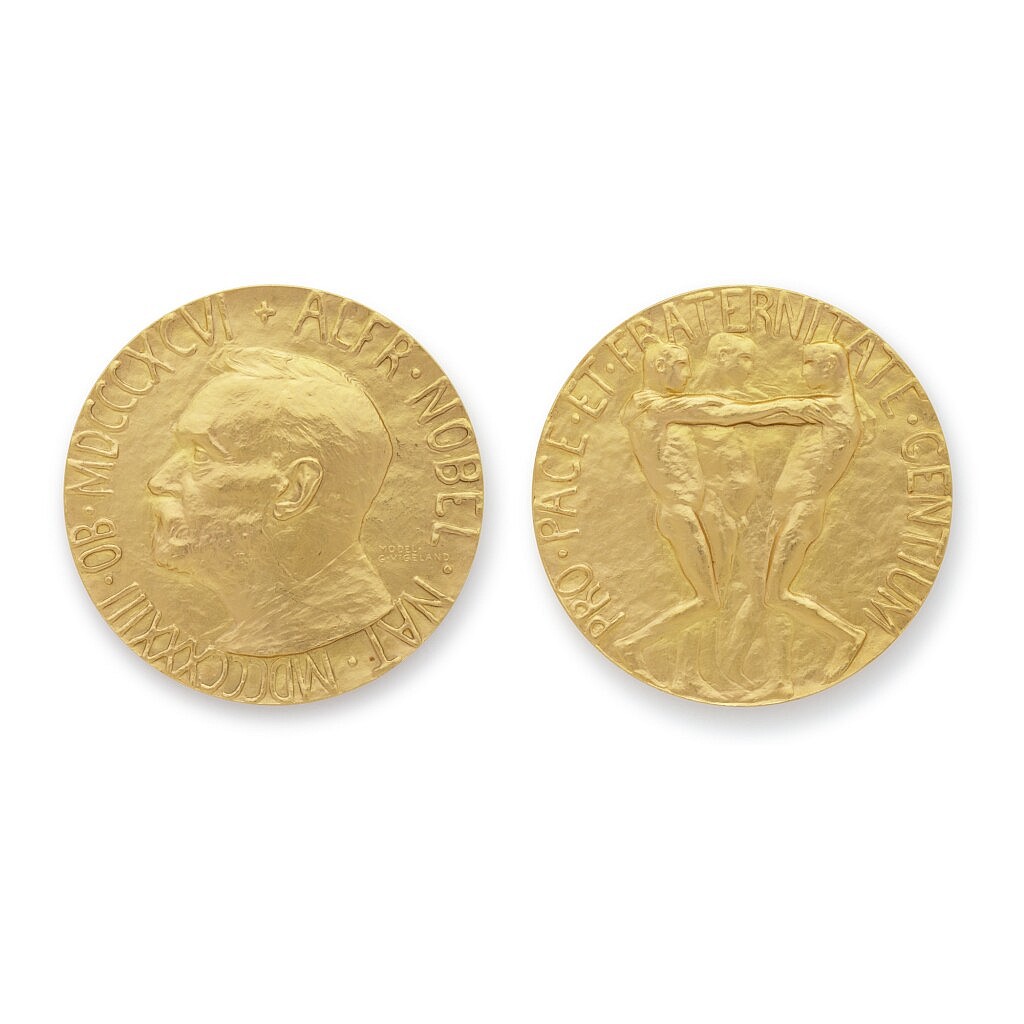
–Answer: Theodore Roosevelt
Theodore Roosevelt earned the Nobel Peace Prize in 1906 due to his successful efforts to broker the end of the Russo-Japanese War. Roosevelt served as the 26th President of the United States from 1901-1909 and was a driving force for anti-trust and Progressive policies.
10. Who was the first Western explorer to reach China?

–Answer: Marco Polo
A Venetian merchant, explorer, and writer, Marco Polo traveled through Asia along the Silk Road between 1271 and 1295. All of his travels were documented in The Travels of Marco Polo, providing comprehensive knowledge about China, Persia, India, Japan, and other Asian societies.
9. What is considered the largest empire in history?

–Answer: The Mongol Empire
At its height, The Mongol Empire stretched from the Sea of Japan to parts of Eastern Europe; extending northward into parts of the Arctic, eastward and southward into parts of the Indian subcontinent, and westward as far as the Levant and Carpathian Mountains.
READ MORE: 10 Biggest Stock Market Crashes in History
8. What is the name of the pandemic that ravaged and killed a third of the European population in the 14th century?
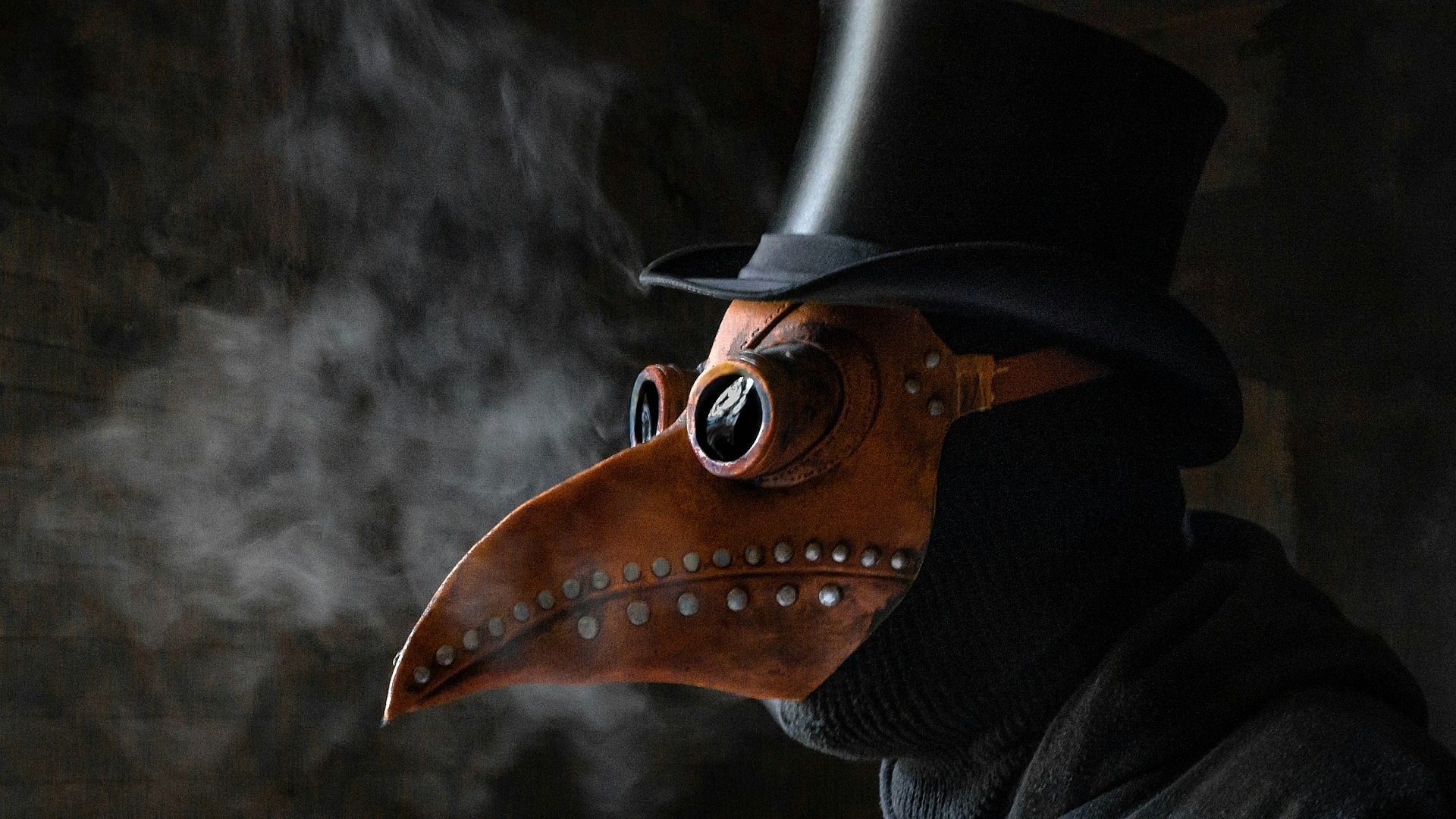
–Answer: The Black Death/Bubonic Plague
The plague lasted from 1346 to 1353, with as many as 50 million people succumbing to the disease. The Black Death was caused by the bacterium Yersinia pestis, spread by fleas, ship-bound rats, and through the air. It had profound effects on the course of European history.
7. Which famous battle is widely considered a turning point in the wars between Persia and Greece?

–Answer: The Battle of Marathon in 490 BC
Taking place in 490 BC, the battle was fought between the citizens of Athens and Persian forces. It was the culmination of the first attempt by Persia to subjugate Greece, but the Greek army inflicted a crushing defeat and created a turning point in the Greco-Persian Wars.
CHECK OUT: 13 Biggest Cyber Attacks in History
6. Which world leader is famous for his Little Red Book?
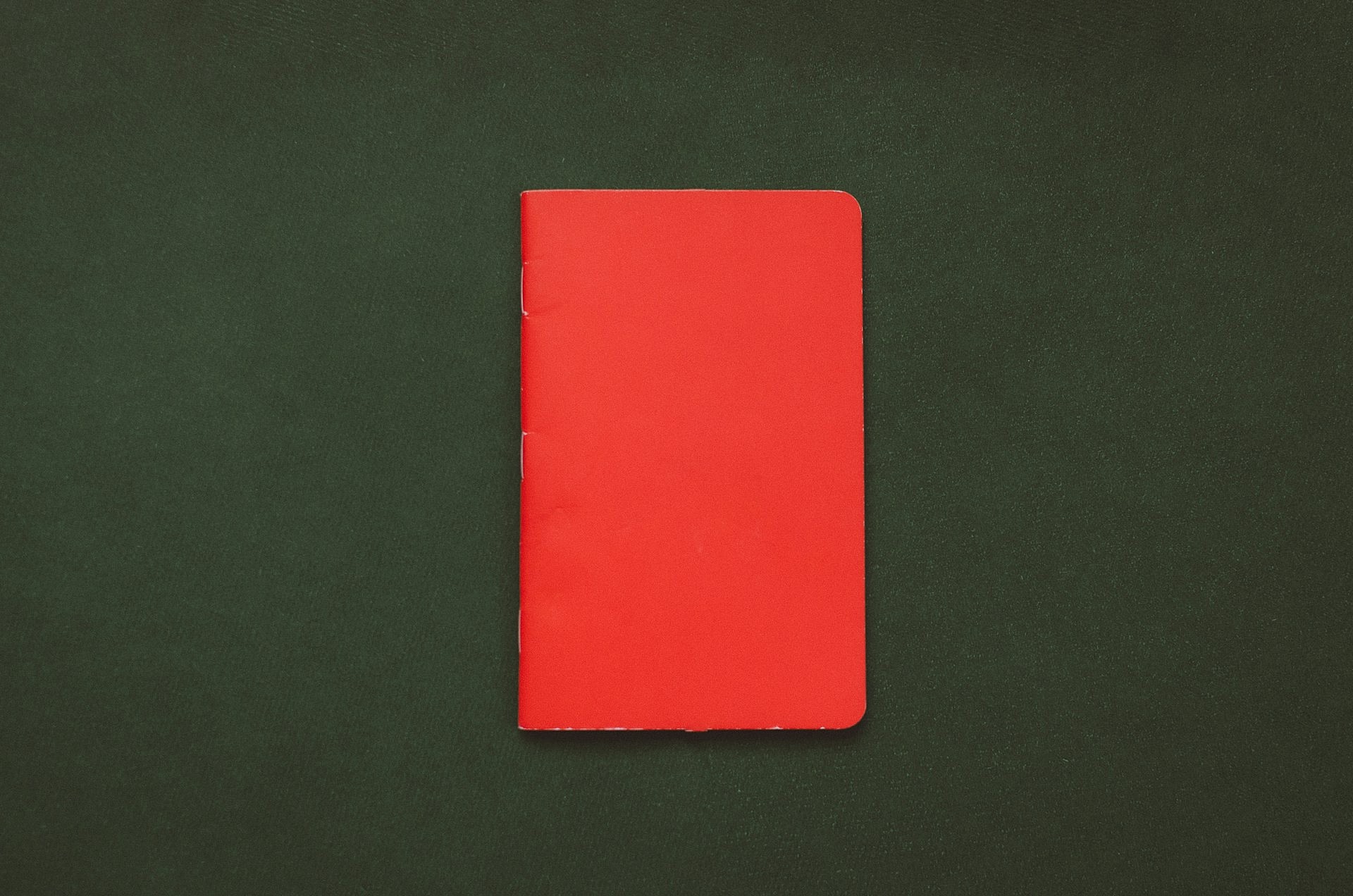
–Answer: Mao Zedong
Titled Quotations from Chairman Mao Tse-tung, the book is full of statements from speeches and writings by Mao Zedong. The most popular versions were printed in small hand-held sizes and bound in bright red covers, giving it the name “Little Red Book.”
ALSO READ: 14 Most Famous Swords in History
5. Which four presidents are on Mount Rushmore?
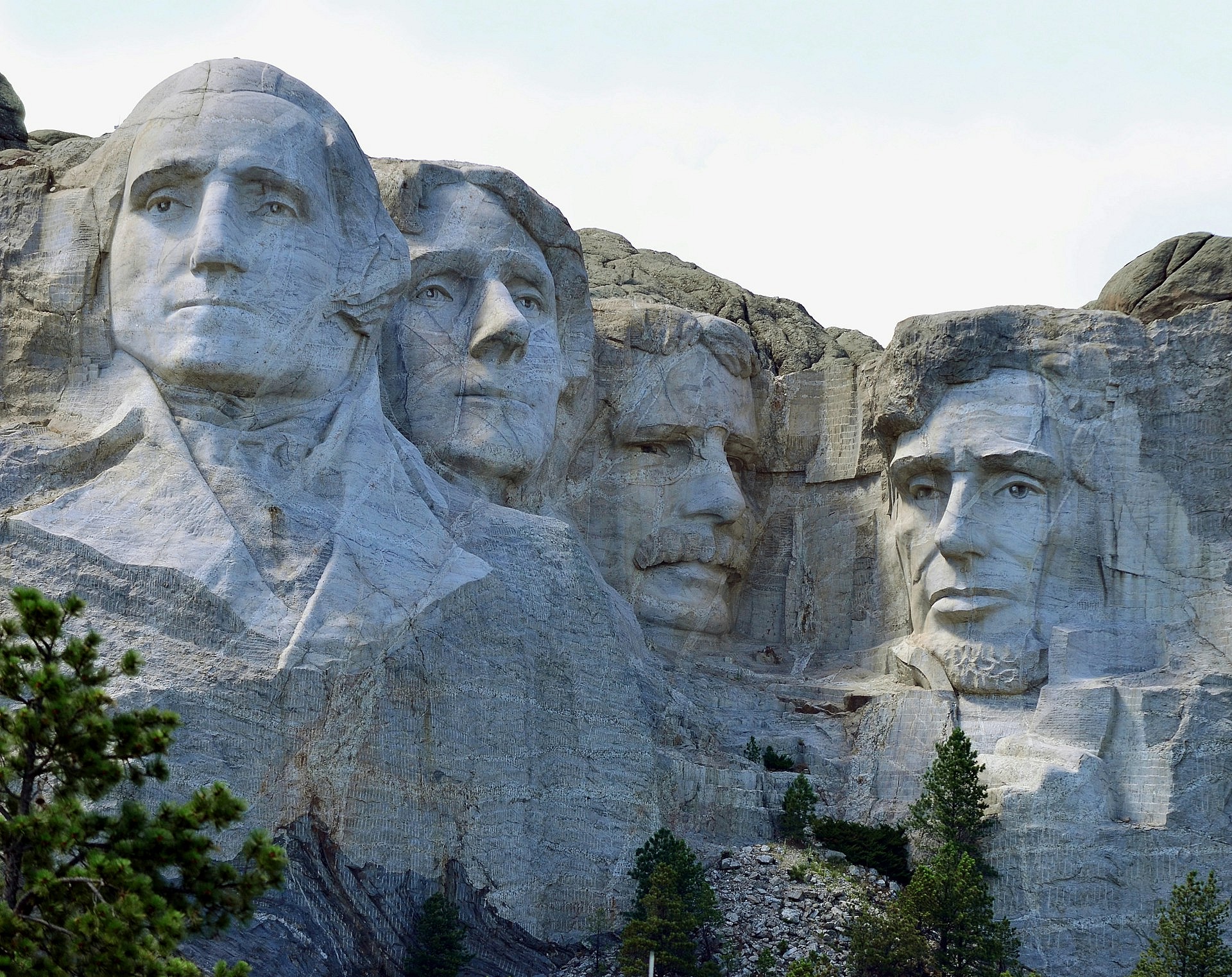
–Answer: George Washington, Abraham Lincoln, Thomas Jefferson, and Theodore Roosevelt
Located in the Black Hills near Keystone, South Dakota, Mount Rushmore took 14 years from 1927 to 1941. Each head is around sixty feet tall and represents the United State’s birth, growth, development, and preservation.
4. Which cities were hit by atomic bombs in 1945?
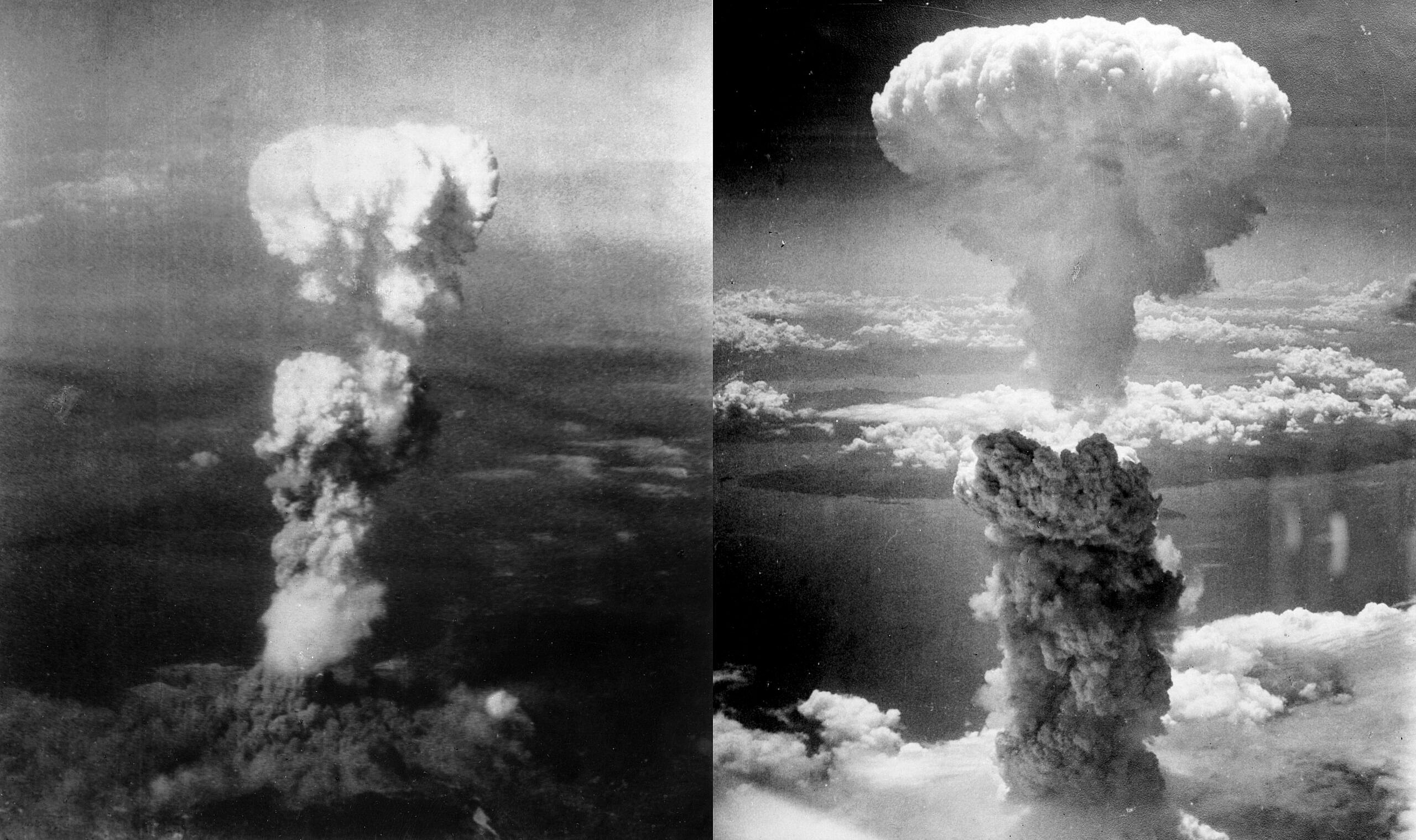
–Answer: Hiroshima and Nagasaki, Japan
Released on August 6th and 9th by the United States, the two bombings killed between 129,000 and 226,000 people, most of whom were civilians. It remains the only time nuclear weapons were used in an armed conflict and prompted Japan to surrender to the Allies on August 15th.
CHECK OUT: 20 Most Expensive Signatures in History
3. What was the name of the ancient trade route that connected the East with the West?
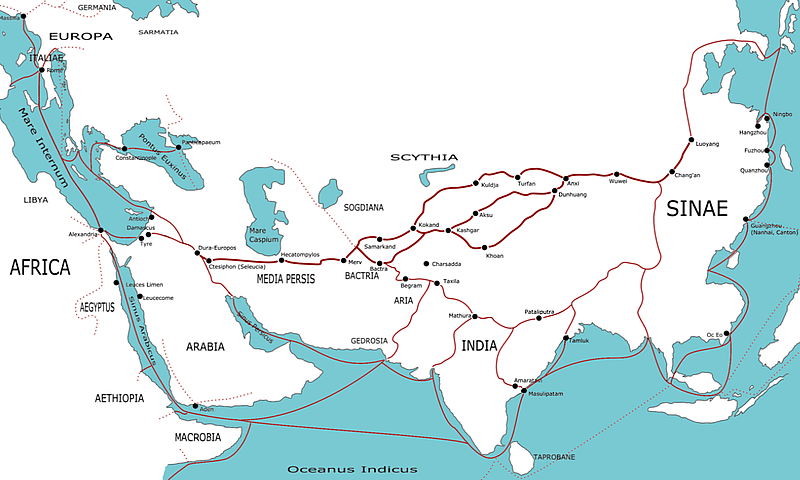
–Answer: The Silk Road
The Silk Road got its name from the lucrative trade of silk textiles primarily produced in China. Nowadays, historians use the term Silk Routes as it more accurately describes the intricate web of land and sea routes connecting Central, East, South, Southeast, and West Asia, as well as East Africa and Southern Europe.
ALSO READ: 5 Most Valuable Rare Dimes From U.S. History
2. What was the name of the first successful U.S. colony?

–Answer: Jamestown, Virginia
The colony was located on the northeast bank of the James River, established by the Virginia Company of London on May 4, 1607. Jamestown followed several failed attempts, including the infamous Lost Colony of Roanoke, established in 1585 on Roanoke Island. Jamestown was the colonial capital from 1616 until 1699.
1. What was the name of the international group formed to maintain world peace after World War I?
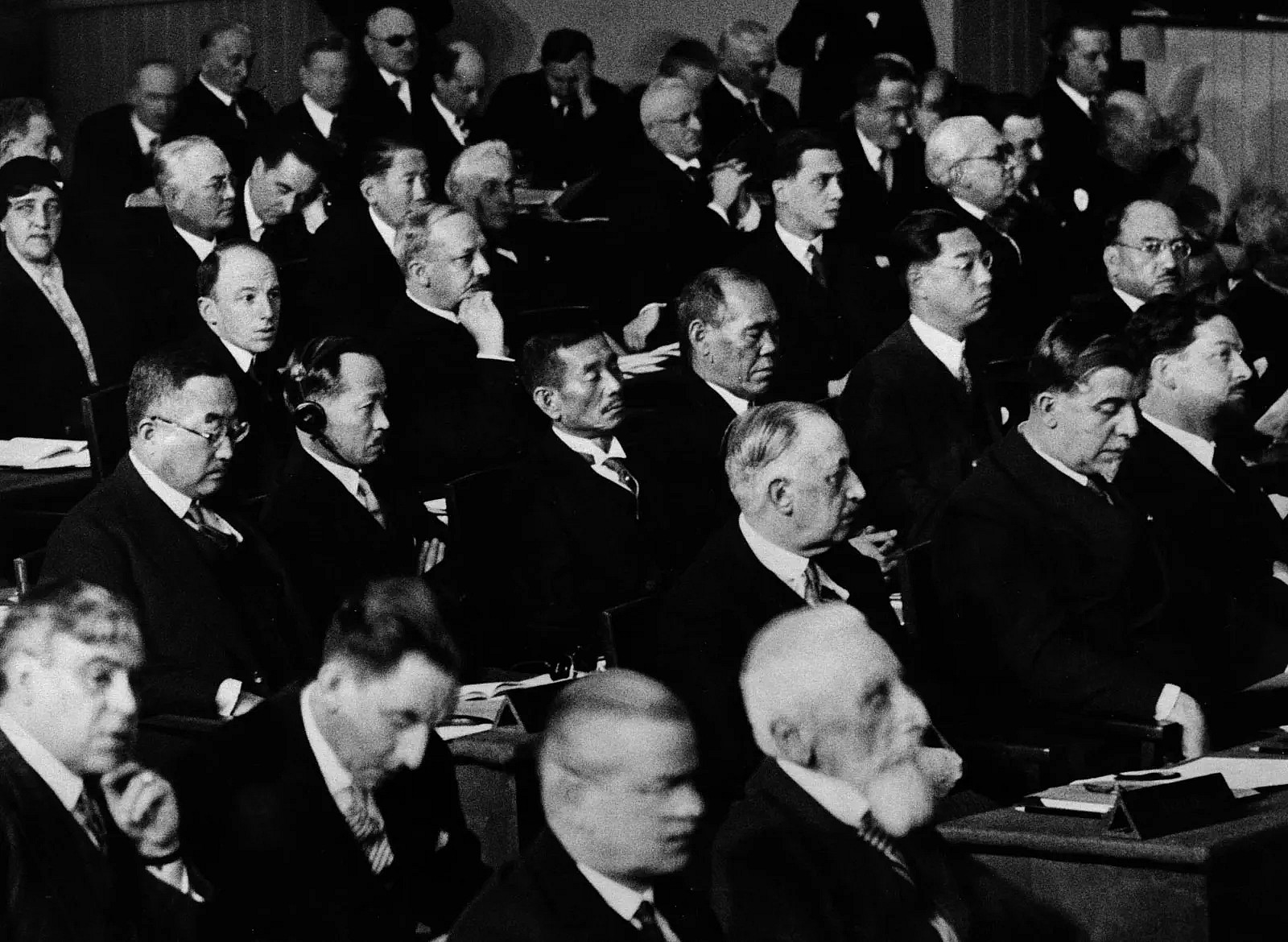
–Answer: The League of Nations
The League of Nations‘ principle mission was to maintain world peace, founded on January 10, 1920 by the Paris Peace Conference. The organization ended operations on April 18, 1946, when many of its components were transferred to the new United Nations. The League of Nations became a template for modern global governance and shaped the modern world.
READ NEXT: 5 Deadliest Wars In History: From World Wars to Civil Wars


